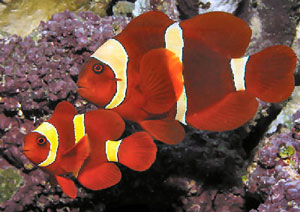
Velvet Coral Fish (Premnas Biaculeatus)
The body colour of velvet coral fish is a rich brown marked with 3 yellow bands, the edges of which are tinged green. One of

The body colour of velvet coral fish is a rich brown marked with 3 yellow bands, the edges of which are tinged green. One of
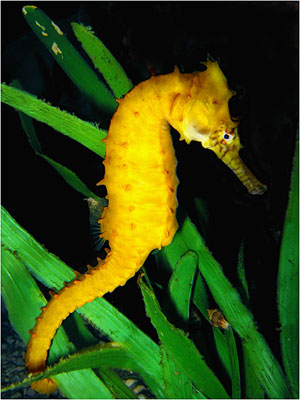
The seahorse isn’t a particularly attractive fish for aquarium; in reality it is rather a grotesque creature with its long horse-like face and curled prehensile
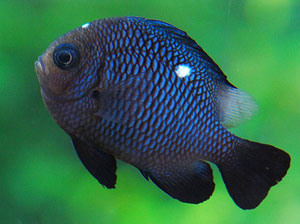
White spotted fish has a black body and three brilliant white, enamel like spots; one on the forehead, and one every side of the body
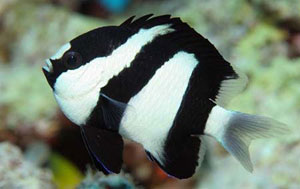
The black and white damsel fish is another fish that has striking colour. The fundamental body colour is brilliant pearl white, with 3 vertical black
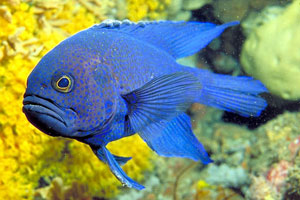
The blue devil fish is a sprightly, energetic fish that attains a length of about 4.5 inches. Its body colour is mainly dark grey to
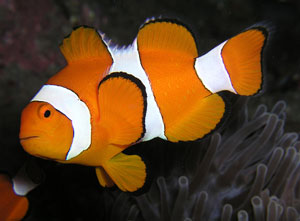
The clownfish has a lot to suggest it as a fish for the beginner. It is reasonably simple to obtain, it is not too big;